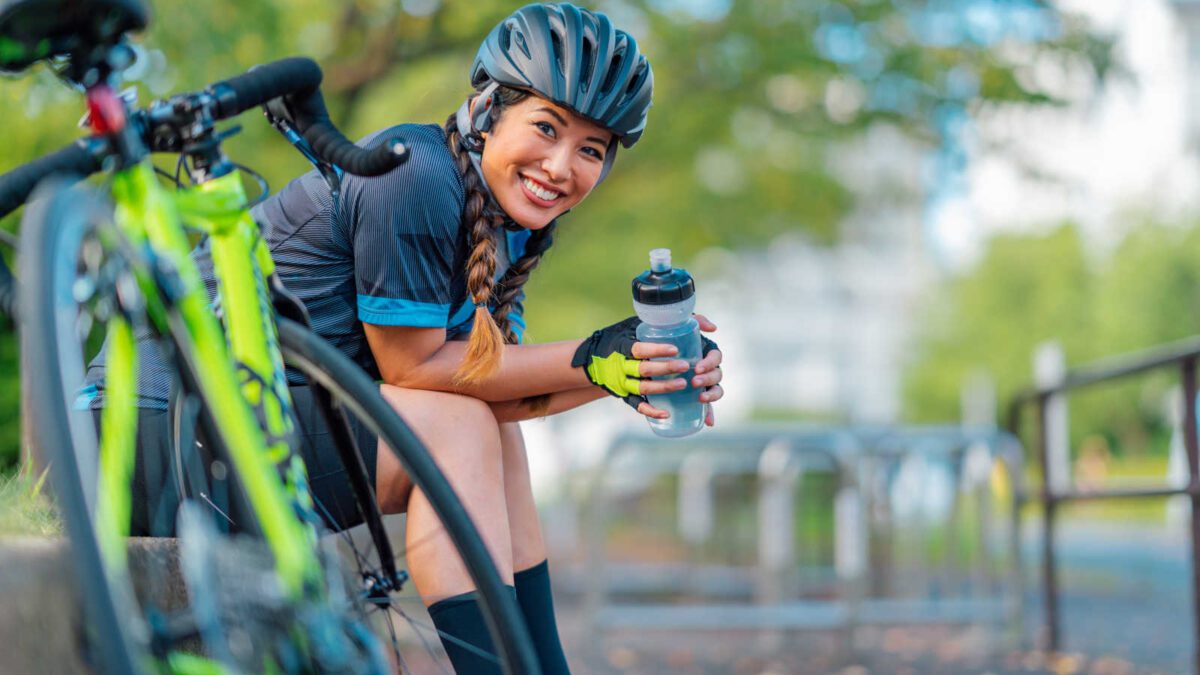The skinny on liquid nutrition: Is it for you?
A sports nutritionist weighs in on eating during a race
 Photo by:
Getty images
Photo by:
Getty images
Being fuelled in a race can make or break your day. If you don’t get enough calories in your stomach, it can mean disaster. Your body needs energy, especially when it comes to longer days in the saddle. Lately, there have been many saying liquid nutrition can be a good alternative compared with the traditional approach of energy bars or other solid foods.
Sports nutritionist and sports scientist Anne Guzman says there are several factors to consider when you’re eating on the bike.
Many things to consider with liquid nutrition
“Different circumstances including each athlete’s preference and ability to tolerate different foods, gels and drinks play into the decision,” Guzman says. “Race terrain can also play into these decisions. If you can barely take your hands off the bars because the race is very technical, you’ll want to choose whatever you can get into your mouth quickly and tolerate and figure out where on the course you’ll be eating it in advance of race day.”
Guzman says that several studies have compared carbohydrate availability when cyclists have consumed carbohydrates from sports drinks and gels or from sports drinks and energy bars.
Find out what works for you
It turns out, no differences were found in carbohydrate availability. “According to this research you’d be getting the same energy from all three carbohydrate sources,” Guzman adds. For some cyclists, it can also be a question of what works with their digestive systems. “Another study found participants had increased gastrointestinal upset and perceived effort when they ate an energy bar compared to energy gels or sports drinks,” she says. “It’s worth noting these studies had different exercise protocols. And it’s worth figuring out how you feel when you eat energy bars.”
If you decide to go with energy bars for shorter, and more intense events, Guzman suggests eating bars high in carbohydrates and low in fat and protein.
“The bar composition can include more protein and fat for more ultra-type events if you can tolerate it and the intensity is low enough,” Guzman says.
One thing to remember, she says, no matter what you decide to go with, try out the food before your race.
“I would hate for any athlete to undermine all of their hard training due to a negative response to a brand-new nutrition regime. There are many riders who don’t finish as a result of their GI being upset,” Guzman says. “Training is the testing time!”
